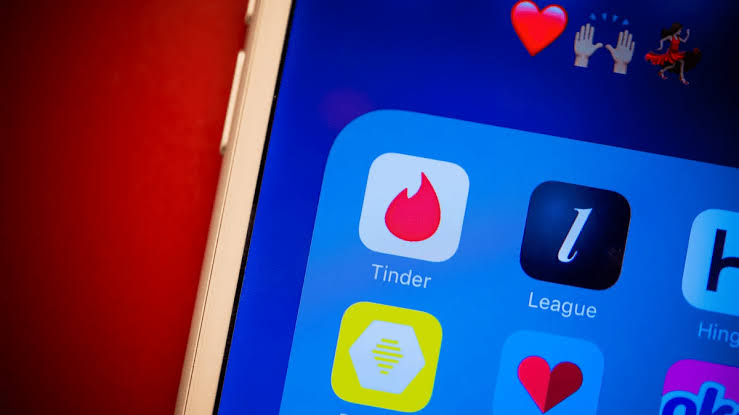Tinder, one of the most popular online dating apps in the world, has started using AI to verify people’s photos. This lets people on the app show that they are not bots or catfishers.
Tinder’s AI matches the photos on a user’s profile to those on their government-issued ID, like a driver’s license or passport. If the AI system finds differences between the two images, the user’s account is reported for further review.
This greatly improves site security. To get a blue tick on the dating app, users used to take selfies. This made phony profiles and impersonations easier. AI verification will avoid many incidences of fraud and harassment in the online dating marketplace.
Tinder now requires video selfies rather than photos. Users will soon be allowed to chat only with photo-verified members. Tinder claims the modifications make the service safer.
Read also: 5 dating apps for Valentine’s Day
How Tinder Plans to make it Work
Instead of managing the video selfie verification process in-house, the company collaborates with a third-party partner. However, the company declined to identify the partner.
The user must first answer the video prompts. The AI will use these responses to check whether the person in the video and the profile photo are the same.
As the upgrades roll out, Photo Verified users will need to film a video selfie to preserve their verification. This feature eliminates photo submissions.
The business will notify existing Photo Verified customers to update to the latest version if they want to keep their blue checkmarks on Tinder. This fixes the issue of inactive Tinder users returning to find their confirmed photos are years old and assures members are certified using the more comprehensive video selfie function.
Later, it will include capabilities that let users limit who they see in their suggestions by using their message settings and switching to videos. Users could also request photo verification from matches before sending a message.
Tinder members aged 18–25 with verified images have a 10% higher chance of matching. Tinder will launch the Photo Verification function today for all users worldwide and limit communications to “Photo Verified Members” in the “coming months.”
AI and online dating verification
The rise of artificial intelligence (AI) has had a big effect on many parts of our lives, including dating. Online dating has been growing for years, so it doesn’t come as a surprise that AI is now being used to make it easier and safer.
One of the biggest problems with online dating has always been making sure people are who they say they are. Many people have been hurt by phishing, blackmail, and sometimes even kidnapping. AI comes in at this point. Online dating sites can now do a better job of making sure their users are who they say they are due to advanced algorithms and machine learning.
AI can improve dating app matching and identity verification. Machine learning algorithms enable dating apps to analyze user data and activity to understand preferences better and suggest more compatible matches.
Hinge’s AI learns users’ dating tastes and makes better match suggestions. The software tracks who users chat with and dates to enhance future connections.
AI can also avoid dating platform harassment. AI algorithms can identify problematic language and behaviour in user discussions and flag accounts for review.
AI in online dating may increase safety and efficiency, but privacy and security concerns remain. Any technology can leak data.
In order to ease these worries, dating sites must make sure that their AI algorithms are safe and adhere to privacy regulations. Additionally, users must be informed about the purposes for which their data is being used and given the choice to refuse AI verification if they so desire.
AI can also have a significant impact on social media verification in addition to online dating. Social networking sites have faced the problem of impersonation and fraudulent accounts, which can result in harassment and false information.
Social media networks can more effectively and correctly authenticate their users’ identities with AI’s help. For instance, Twitter uses AI to spot and block fake accounts. To evaluate whether an account is real, the platform examines user activity and account features.
AI can also identify false information on social media and stop it from spreading. Artificial intelligence algorithms can identify incorrect information and flag it for review by examining user behaviour and content.
Nevertheless, similar to online courting, social media verification raises privacy and safety concerns. Users must be informed of how their data will be used and be able to opt out of AI verification.
In conclusion, the use of AI in online courting and social media verification has the potential to enhance safety, effectiveness, and precision. However, these technologies must be utilized for the purpose for which they were developed in the first place, and users must be aware of any potential nuances.
